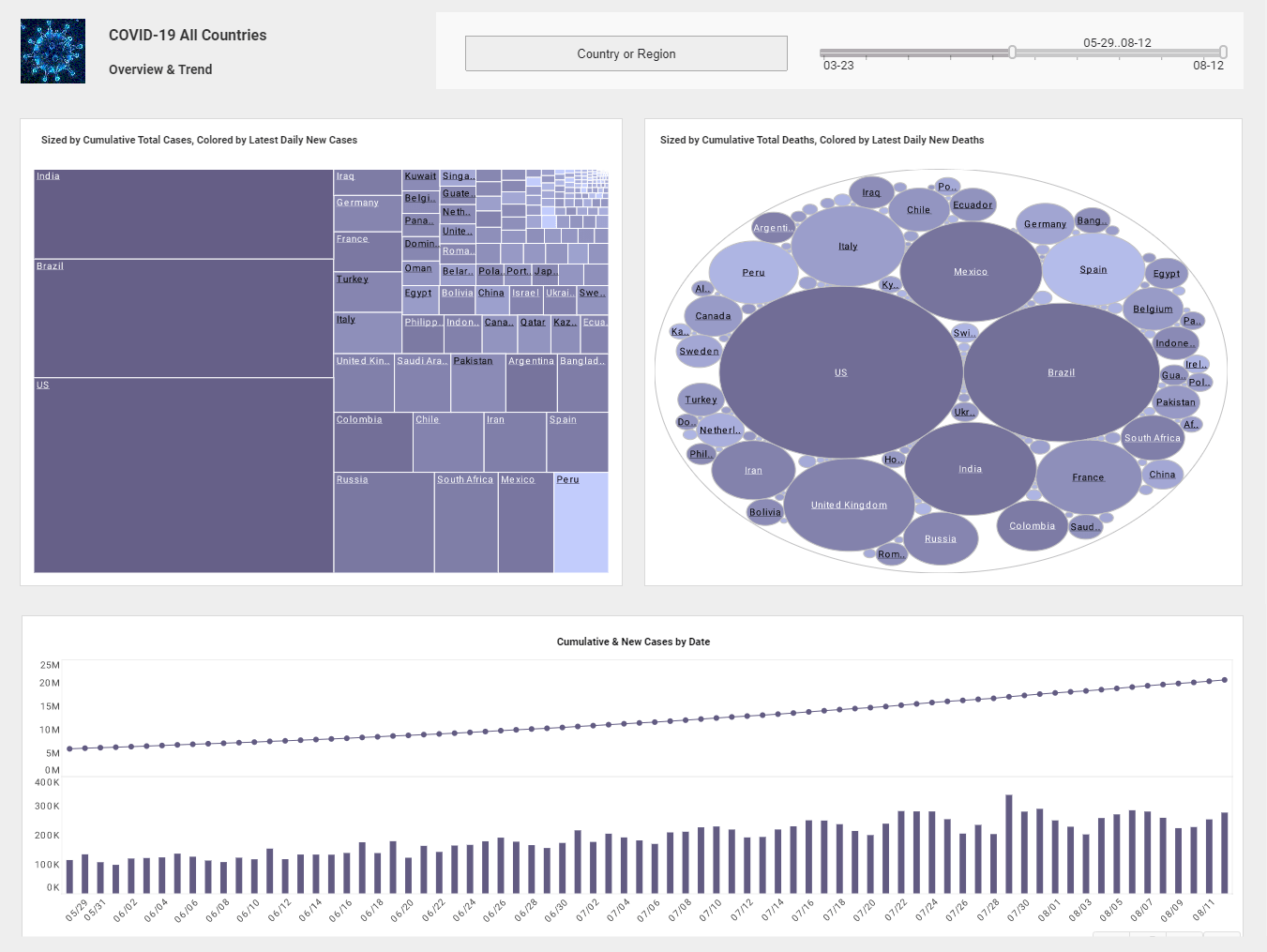InetSoft Webinar: Navigating the Sea of Big Data
This is the continuation of the transcript of a Webinar hosted by InetSoft on the topic of "How to Implement Business Analytics." The speaker is Abhishek Gupta, Product Manager at InetSoft.
As we talk about navigating the sea of big data, it’s also natural to wonder what's in it for me. While some of the answers maybe qualitative, they’re all extremely important to building that stronger foundation of data ultimately leading to the kinds of business improvements that I’ll talk about in a few slides. But in this data management study they asked companies to rank various aspects of the data environment on a scale of 1 to 10.
This chart here shows the percentage of companies that reported the following factors were high, meaning that an answer of seven or higher on that scale of 1 to 10. So in terms of trust we see the best companies are more likely to report a strong sense of trust in the relevance and the cleanliness of their business data, but also in the systems used to manage and organize that data.
From an organizational standpoint top companies also report far higher instance of adherence to the data policies they set forward, allowing for a more secure and effective data environment. That these policies in the data environment are in place, the analytical systems created are much more likely to see executive level support at top companies. This helps to improve the chances of success for these programs. So these are some of the benefits of that data driven course.
| #1 Ranking: Read how InetSoft was rated #1 for user adoption in G2's user survey-based index | Read More |
And as we talk about this process of transforming data into insight we move beyond the conversation specifically around data management and start talking about the process of creating those better decisions. A big part of that boils down to timeliness of data, probably not surprisingly. Earlier I showed data that talked about the shrinking decision window. Well the chart on the left here shows how that window actually breaks down for most companies.
A little more than 20% of decision makers who were surveyed said that they needed actionable information in real time or near real time essentially within a few minutes of that being available. Another 10% said they needed it hourly or within the hour. The majority of these people say that they do need information on a daily basis, or least not sooner.
So how often do they get it within that window? Well for leading companies it's the vast majority of the time. Eight-six percent of the time decision makers at these top companies get information on time within that decision window compared with just over half of the time for laggards. That is a lot of late information, a lot of frustrated decision makers and a lot of potentially lost business opportunities, candidly at these laggard companies.
The data here really underscores the importance of timely data. But how is it that the best companies are able to do this? What are the tools that help them get information into the hands of decision makers when they need it? The answer to that question is obviously multifaceted, but here I wanted to hone in on one of the aspects of the best performance strategy. It helps them get quicker information to their users through the use of a mobile device. The overall usage of mobile business intelligence today is still relatively low, but it is growing as more companies see the value in arming the distributed workforces with the ability to make data driven decisions.
So the best companies are more than three times as likely as all other companies to mobilize analytical activity and capability. So some of the aspects of the analytics of the companies are leveraging on a mobile platform, a recent mobile BI report shows that leading companies are mobilizing a whole variety of these capabilities. First and foremost are mobile dashboards, but of the delivery of insight via a mobile device, they take it a step further and allow for drill down capability to ask the inevitable questions of why that accompany the delivery of that dashboard or report on a mobile device.
And even a step further they enable their users to annotate, collaborate and share data via a mobile device to help add richness and multiple perspectives on the interpretation of the reports and the dashboards that they look at. All of these leads to faster delivery of information, faster understanding of what all the information means and then faster business decisions at the end of the day.
| Previous: Why Do Companies Need Analytics? |


